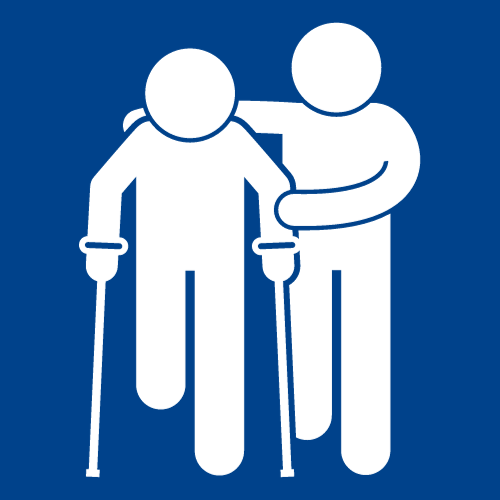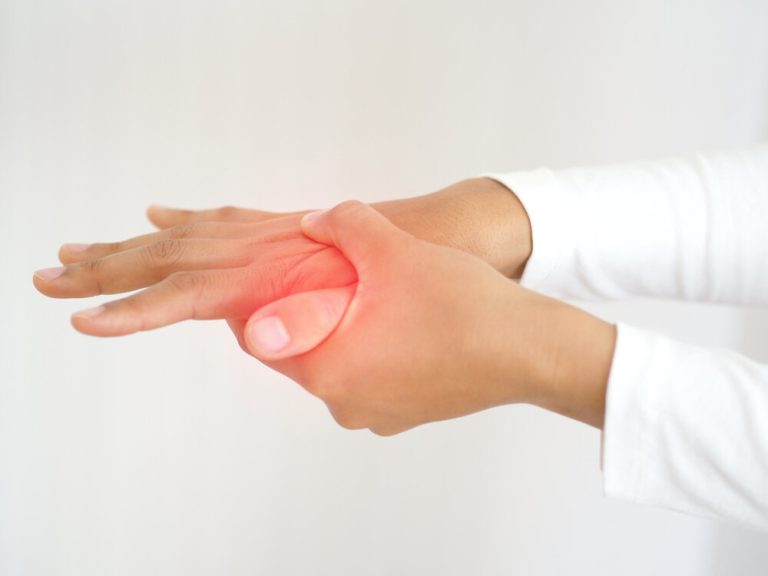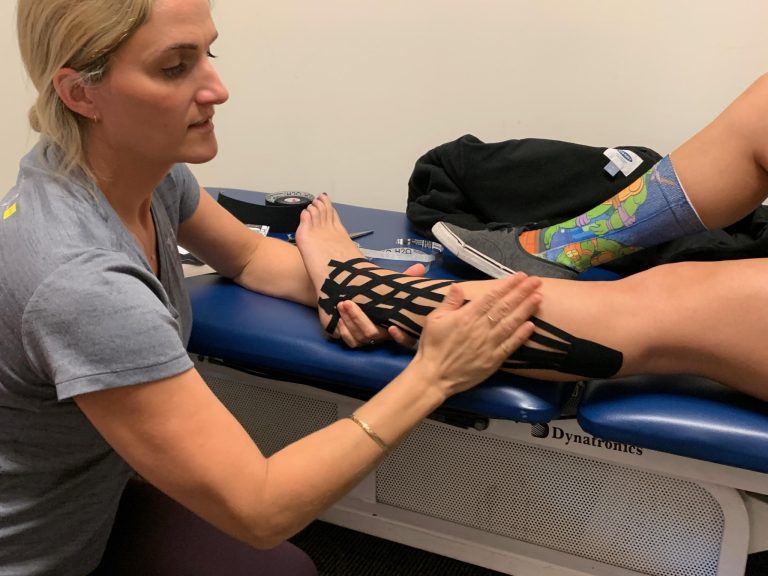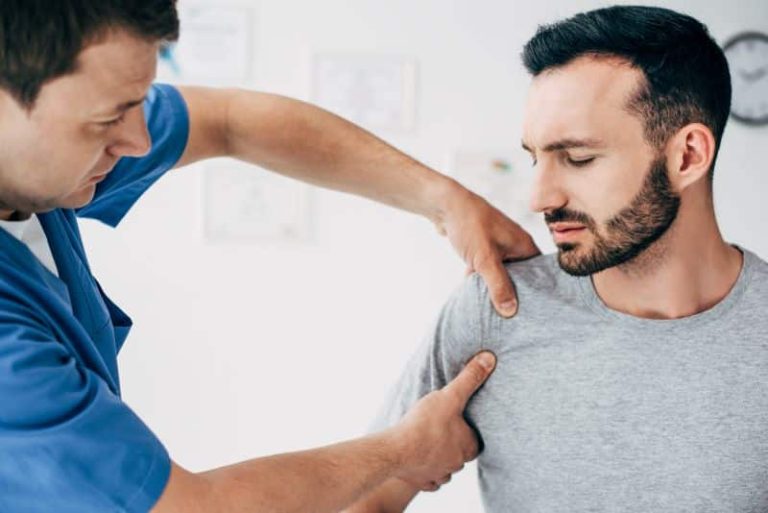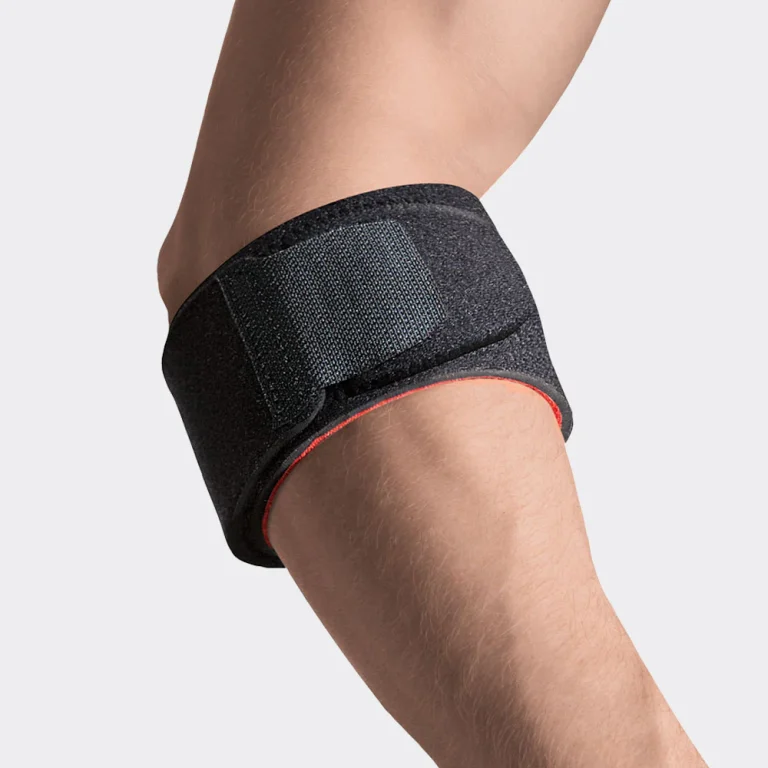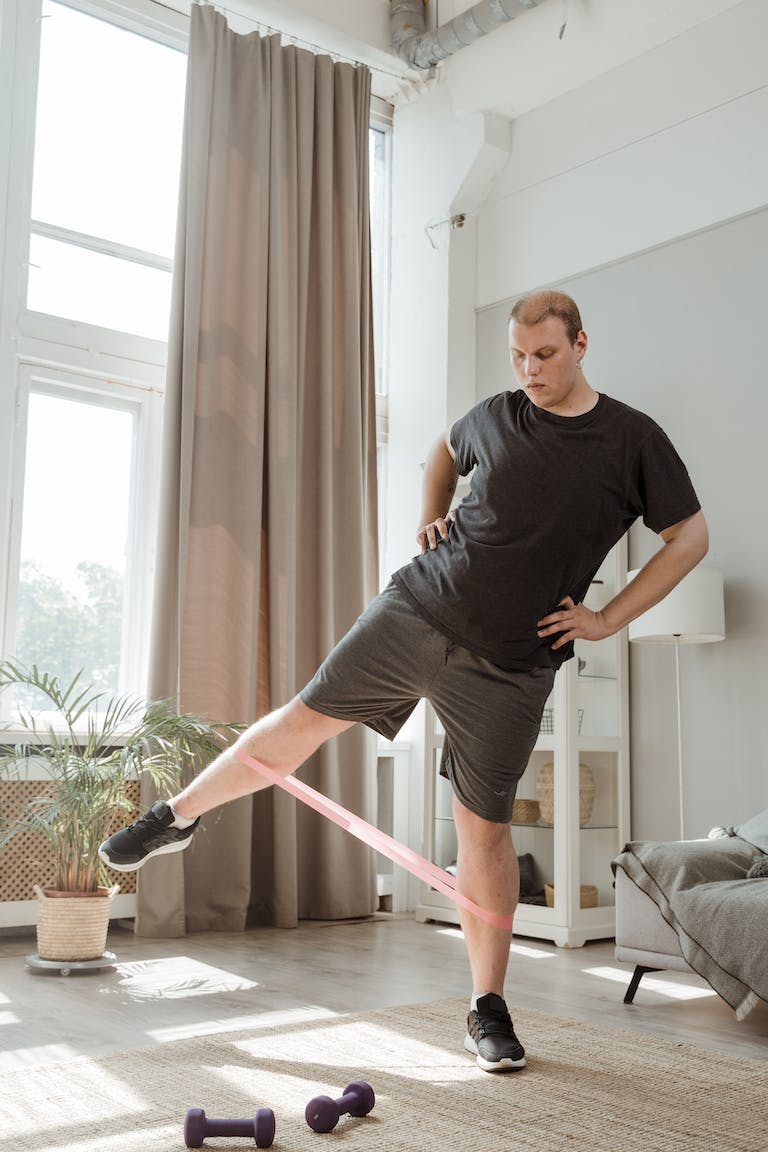According to the American Academy of Orthopedic Surgeons, 636,000 arthroscopic knee surgeries are performed every year in the United States. The majority of these surgeries are performed to remove or repair a torn meniscus (cartilage). 80% of all MRI scans performed on the knee in the U.S. Identify the presence of meniscus (cartilage) tears.
Causes of Meniscus Tears
Meniscus tears can be the result of an acute injury, such as in sports. Axial loads on the flexed and rotated knees are typically to blame for this. A degenerative process that affects the middle-aged and elderly can also result in meniscus injuries. These injuries usually result in knee pain, loss of motion, loss of quadriceps strength, and reduced lower extremity function.
Post-Operative Management
Postoperative management of these injuries has consisted of much rest, gradual resumption of activity, and perhaps home exercise instructions. Some people are fortunate enough to receive outpatient physical therapy, but it frequently comes after the surgery is 3-6 weeks old. According to a recent review of research on this subject, optimal rehabilitation to maximize recovery of knee function and range of motion should consist of:
Recommended Post-Operative Treatment
- Outpatient Physical Therapy
- A well planned home exercise program
- Outpatient Physical Therapy should be done 3 times weekly
- Treatment should start as soon as possible
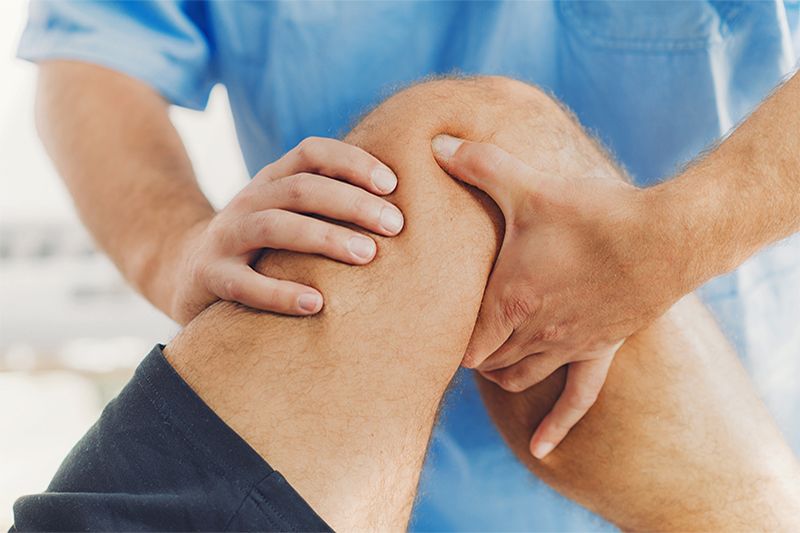
Evaluation and Treatment
At Stover Physical Therapy, we evaluate each individual patient with knee pain following arthroscopic surgery to determine if their current symptoms are arising from an inflammatory or mechanical process. Often, in the early phases of treatment, inflammation is the predominant source of pain. In this phase, advice on rest or relative rest, ice, compression, and elevation is important to promote an optimal environment for the body’s natural healing process.
Within the first 7 days to 3 weeks post-surgery, the clinical presentation usually shifts to reveal a predominantly mechanical source of knee pain. It is at this point that exercise begins to play a larger role in the recovery process. It is the physical therapist’s responsibility to determine the appropriate type and amount of exercise to optimize the reduction of knee pain and the restoration of lower extremity function.
The PT determines exercise and treatment appropriateness through acquired knowledge of tissue healing, reassessment of clinical findings, and close communication with the patient in regards to the patient’s response to specific movements, loads, and positions.
Each patient with knee pain following arthroscopic knee surgery referred to Stover PT is asked to complete a Lower Extremity Functional Scale (LEFS) during his/her initial evaluation and at any subsequent re-evaluation.
Outcomes
We have documented outcomes for 42 patients who were treated following arthroscopic knee surgery. The average score on the LEFS for these patients was 34/80 initially. After treatment, the average score rose to 60/80. This is a significant change of 26 points. The average number of visits for this group of patients was 12 over a 5-week period.
References
- Binkley, J.M., Stratford, P.W., & Lott, S.A. (1999). The lower extremity functional scale (LEFS): Scale development, measurement properties, and clinical application. Physical Therapy, 79, 371-383.
- Dias, J. M., Mazuquin, B. F., Mostagi, F., Lima, T., Silva, M., Resende, B. N., et al. (2013). The effectiveness of postoperative physical therapy treatment in patients who have undergone arthroscopic partial meniscectomy: a systematic review with meta-analysis. JOSPT, 43 (8), 56–576.
